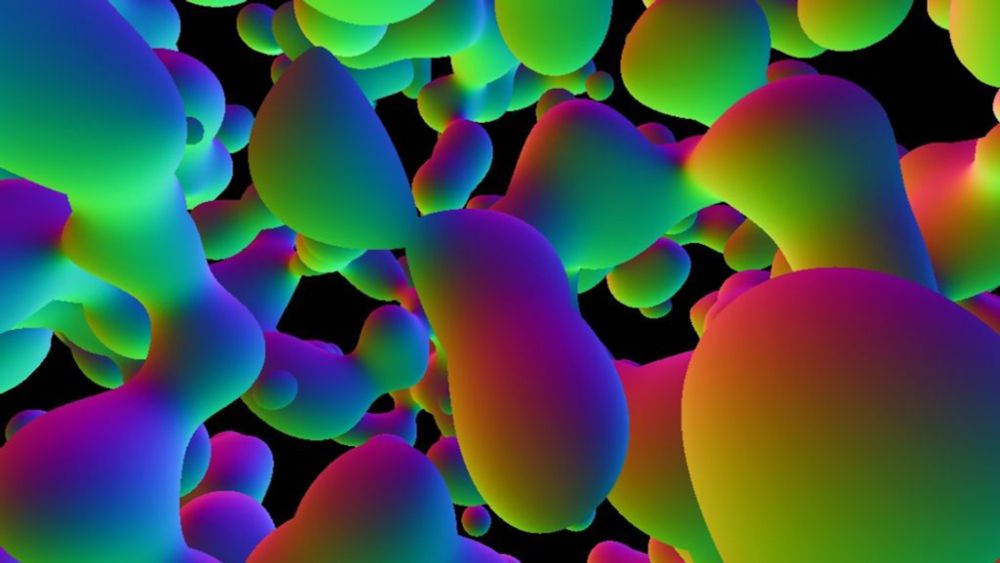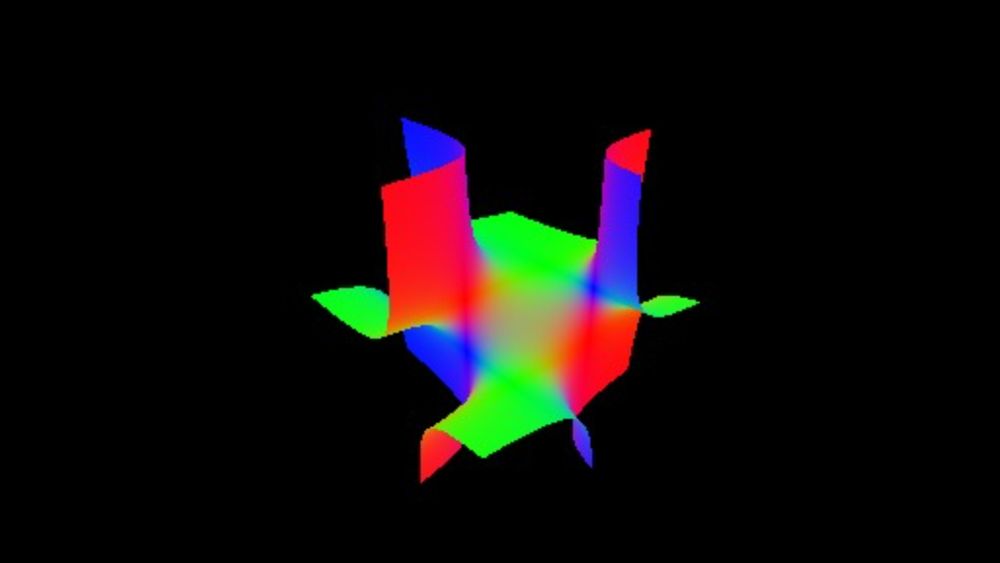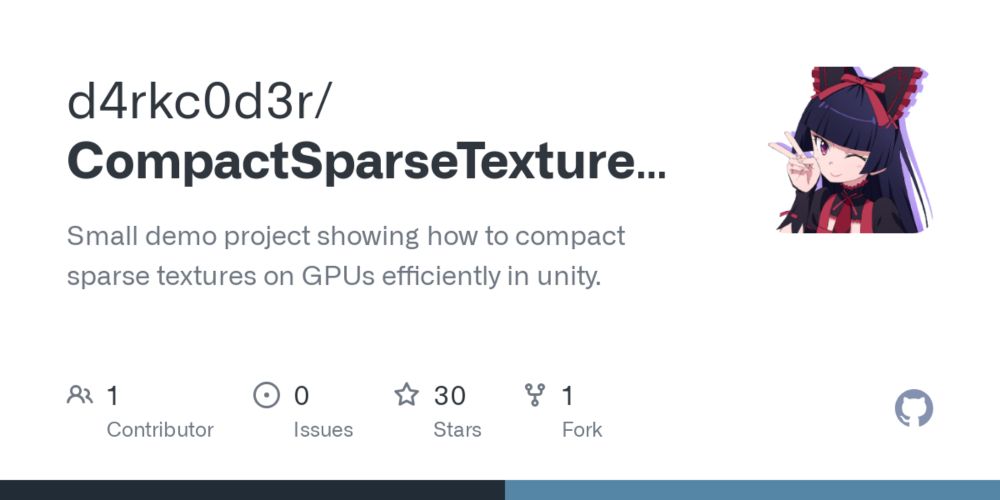ZibraAI as Lead 3D Research Engineer. Discord: misha.m. michaelmoroz.github.io/about/
michaelmoroz.github.io/TracingGeode...
www.shadertoy.com/view/ftBGWm
rantonels.github.io/starless/
michaelmoroz.github.io/TracingGeode...
www.shadertoy.com/view/ftBGWm
rantonels.github.io/starless/
Mouse zw has no equivalent in Compute toys, so that needs to be added in the first place.
Texture mipmaps for the pass-in/out buffers are not computed unfortunately
Mouse zw has no equivalent in Compute toys, so that needs to be added in the first place.
Texture mipmaps for the pass-in/out buffers are not computed unfortunately
* matrix multiplications are not a*b but mul(a,b)
* no GLSL texture types like sample2D / etc
* there are no "Shadertoy" channels, you need to resetup them to use absolute indices of the pass_in/out buffer
* matrix multiplications are not a*b but mul(a,b)
* no GLSL texture types like sample2D / etc
* there are no "Shadertoy" channels, you need to resetup them to use absolute indices of the pass_in/out buffer
shadertoy.com/view/w3sXzf
shadertoy.com/view/t3sXzX
shadertoy.com/view/t3lSzf

shadertoy.com/view/w3sXzf
shadertoy.com/view/t3sXzX
shadertoy.com/view/t3lSzf
3-4x)
3-4x)

github.com/d4rkc0d3r/Co...

github.com/d4rkc0d3r/Co...
(also I no longer use Custom Render Targets (they are cursed))
(also I no longer use Custom Render Targets (they are cursed))

